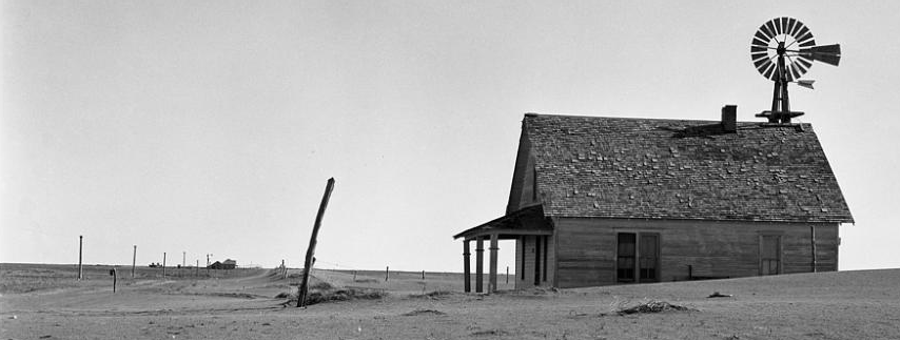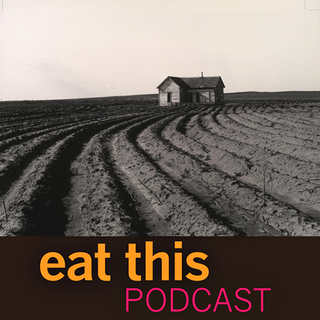27 November 2017
- Scandal in the Dutch national herring test. Two things about this please me. First, the defence that “statistical evidence is a red herring”. Something fishy there. Secondly, The Economist never knowingly avoids an opportunity to pun.
- Native American chefs excoriate “Thanksgiving”. I can empathise.
- Cynthia D. Bertelson avoids that trap by focussing on the old English contribution to that feast, as an aperitif for a round-up of proper history books on Britain and food history.
- Which offers a smooth segue into a slightly hard to swallow history of instant mashed potatoes.
- All about celery; not, as far as I know, a star of any Thanksgiving table, anywhere.
- I was expecting major insights from A Taxonomy Of Spices Based On Three Million Instacart Orders but I’m afraid the only insight I got was that in some matters I must be an appalling food snob. Also, how on earth can anyone with a smidgen of sense say this: “we don’t mind shelling out the few extra bucks to ensure that the spices haven’t been exposed to irradiation”?

 Durrus is a village at the head of Dunmanus bay, south of the Sheep’s Head peninsula in the southwest of Ireland. Durrus is also the name of an award-winning, semi-soft cheese, while Dunmanus is a harder cheese, aged a lot longer. Both were created by Jeffa Gill and are hand made by Jeffa and her small team up above the village and the bay.
Durrus is a village at the head of Dunmanus bay, south of the Sheep’s Head peninsula in the southwest of Ireland. Durrus is also the name of an award-winning, semi-soft cheese, while Dunmanus is a harder cheese, aged a lot longer. Both were created by Jeffa Gill and are hand made by Jeffa and her small team up above the village and the bay.

 Remember Farm Aid, which launched in 1985? A lot of people do, and they tend to date the farm crisis in America to the 1980s, triggered by Earl Butz and his crazy love for fencerow to fencerow, get big or get out, industrial agriculture. And of course, land consolidation is inevitable, because if you’re going to invest in all that capital equipment to make your farm more efficient, you’re bound to buy up the smaller farmers who weren’t so savvy. Those “facts,” however, are anything but. They’re myths, on which much of the current criticism of American farm policy is built. There are others, too, and they’re all skillfully eviscerated by Nate Rosenberg and Bryce Wilson Stucki in a recent paper.
Remember Farm Aid, which launched in 1985? A lot of people do, and they tend to date the farm crisis in America to the 1980s, triggered by Earl Butz and his crazy love for fencerow to fencerow, get big or get out, industrial agriculture. And of course, land consolidation is inevitable, because if you’re going to invest in all that capital equipment to make your farm more efficient, you’re bound to buy up the smaller farmers who weren’t so savvy. Those “facts,” however, are anything but. They’re myths, on which much of the current criticism of American farm policy is built. There are others, too, and they’re all skillfully eviscerated by Nate Rosenberg and Bryce Wilson Stucki in a recent paper.